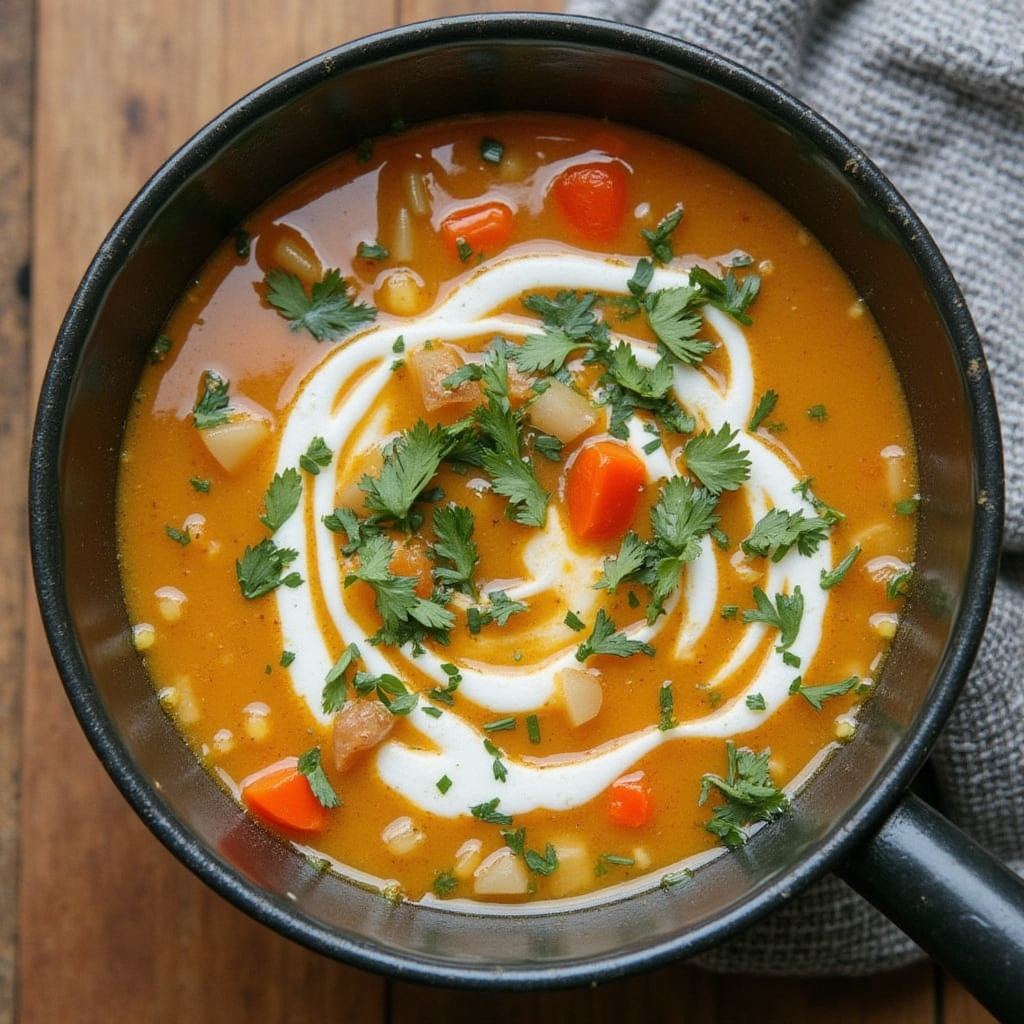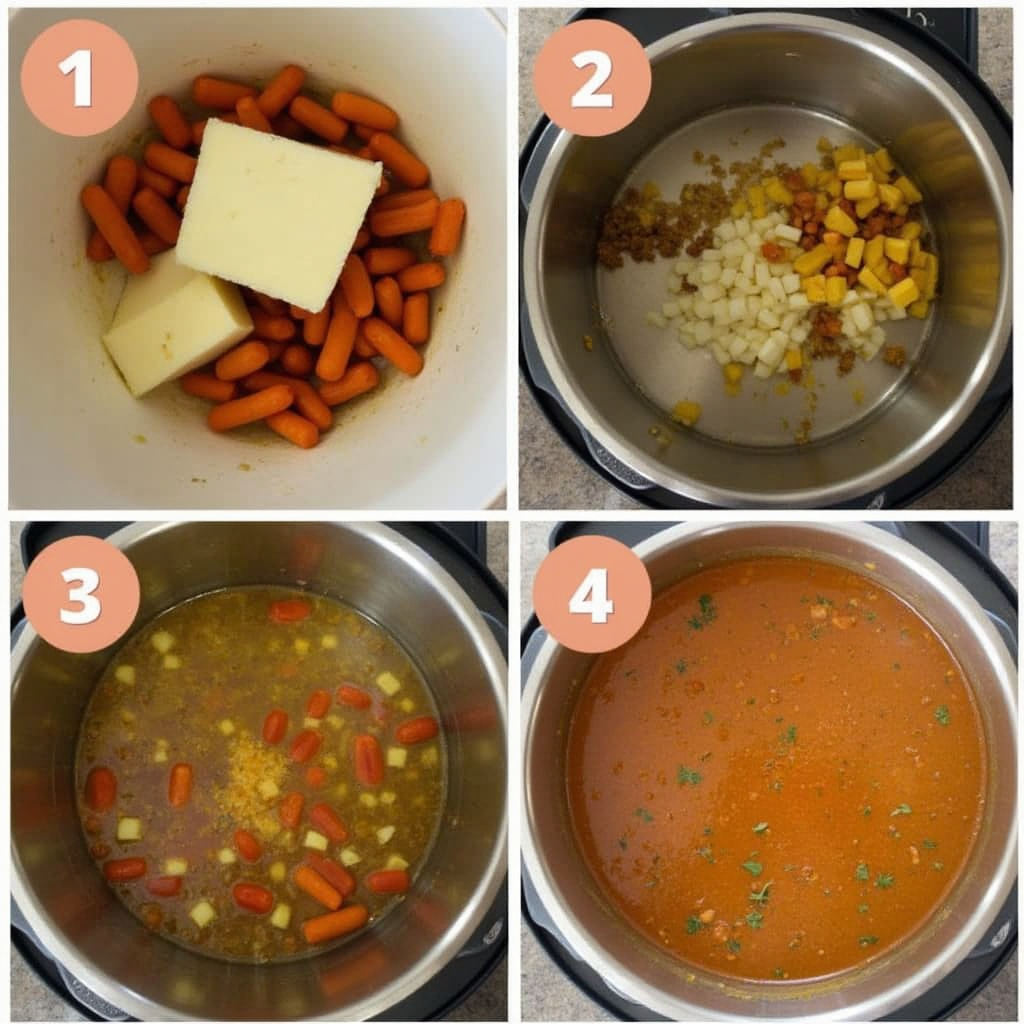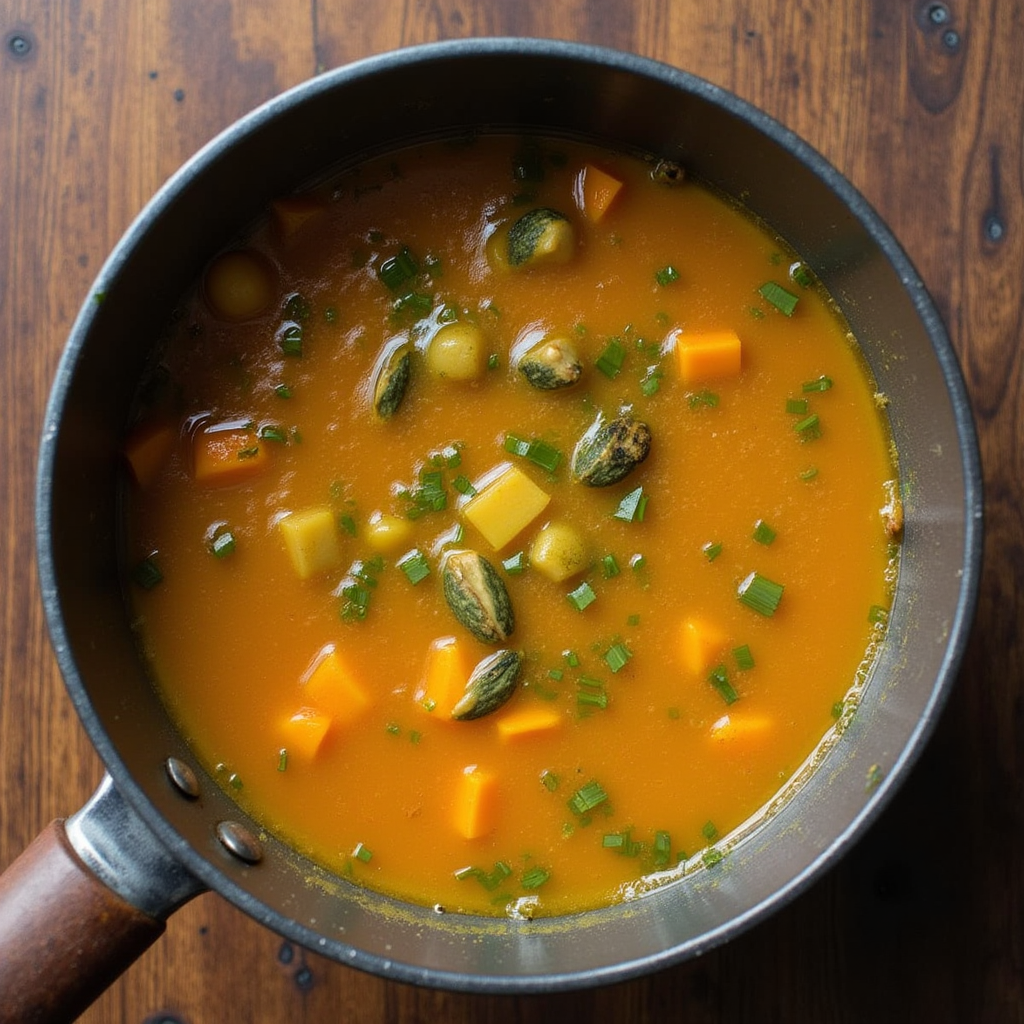Introduction
Village Soup Secrets There’s something magical about a simmering pot of village soup its rich aroma, deep flavors, and heartwarming qualities make it a staple in traditional kitchens worldwide. Unlike modern, store bought soups, village soups are crafted with love, using fresh, local ingredients and time honored techniques. These soups often carry the legacy of generations, preserving the culture and history of rural communities.
In this article, we will explore the secrets of village soup, from the ingredients and preparation techniques to the nutritional benefits and cultural significance. Whether you’re a food enthusiast, a home cook, or someone looking to rediscover authentic flavors, this guide will immerse you in the world of traditional soups.
The Roots of Village Soup
The Origin of Traditional Soups
Village soups have existed for centuries, evolving through generations in rural communities across different cultures. These soups were initially created out of necessity, using locally available ingredients to provide nourishment and warmth. Many of these traditional recipes remain unchanged, carrying a nostalgic essence of home-cooked meals from childhood.
Why Village Soup is Special
Unlike commercially processed soups, village soups emphasize natural flavors, slow cooking methods, and high nutritional value. The ingredients are usually organic, homegrown, and sourced from local farms. The slow cooking process allows flavors to blend harmoniously, creating a depth of taste that modern instant soups cannot match.

Ingredients That Make Village Soup Unique
1. Fresh, Local Vegetables
Village soups rely on seasonal, farm-fresh vegetables, which contribute to their distinctive taste and high nutritional content. Common vegetables include:
- Carrots
- Tomatoes
- Onions
- Potatoes
- Spinach or leafy greens
- Bell peppers
2. Homegrown Herbs and Spices
Herbs and spices are the backbone of village soups, enhancing flavor and adding health benefits. Popular choices include:
- Garlic and ginger (for depth and warmth)
- Bay leaves (for aroma)
- Thyme and rosemary (for earthy notes)
- Coriander and parsley (for freshness)
3. Natural Broth and Stock
Village soup recipes often use homemade broth, derived from bones, meat, or vegetables. This enhances the soup’s flavor while providing essential nutrients like collagen, minerals, and vitamins.
4. Hearty Grains and Legumes
To make soups more filling and nutritious, villagers add grains and legumes such as:
- Lentils
- Rice
- Barley
- Chickpeas
- Beans
Cooking Techniques That Enhance Flavor
1. Slow Simmering
One of the best-kept village soup secrets is the art of slow simmering. Cooking soup over low heat for several hours allows the ingredients to release their natural flavors, creating a richer and more aromatic dish.
2. Layering Flavors
Instead of dumping all ingredients into the pot at once, village cooks use a layering technique:
- Start by sautéing onions, garlic, and ginger.
- Add root vegetables and cook until slightly caramelized.
- Pour in the broth and simmer before adding greens and delicate ingredients.

3. Clay Pots and Traditional Cookware
Many rural kitchens still use clay pots, cast iron, or copper vessels, which enhance the taste and retain heat better than modern cookware.
The Nutritional Benefits of Village Soup
1. Packed with Essential Nutrients Village soups are a powerhouse of vitamins, minerals, and antioxidants due to their fresh, natural ingredients.
2. Supports Gut Health
Homemade broth and fermented ingredients improve digestion and gut health, making village soups ideal for overall wellness.
3. High in Protein and Fiber
Adding lentils, beans, or meat boosts the soup’s protein content, making it a complete meal.
Regional Variations of Village Soup
1. African Pepper Soup
A spicy, aromatic broth often made with goat meat, chicken, or fish, infused with bold spices like cumin, cloves, and alligator pepper.
2. Asian Herbal Soups
From Chinese herbal broths to Vietnamese pho, these soups incorporate medicinal herbs for health benefits.
3. Mediterranean Lentil Soup
A hearty dish made with red lentils, olive oil, garlic, and cumin, offering a comforting and nutritious meal.
4. South American Sancocho
A thick, hearty stew-like soup made with beef, plantains, corn, and yucca, perfect for family gatherings.
Tips for Making the Perfect Village Soup at Home
1. Use Fresh, Seasonal Ingredients
For an authentic taste, always opt for fresh, locally sourced produce over frozen or canned alternatives.
2. Master the Art of Seasoning
Proper seasoning is crucial experiment with herbs and spices to create balanced, flavorful soups.
3. Don’t Rush the Process
Slow-cooked soups develop deeper flavors, so give your soup enough time to simmer and blend.
4. Store and Reheat Properly
Village soups often taste even better the next day! Store leftovers in an airtight container and reheat gently to preserve flavors.
The Role of Village Soup in Community and Family Traditions
Village soups are more than just meals; they are a cornerstone of communal gatherings and family traditions. In many cultures, preparing and sharing a bowl of soup signifies warmth, hospitality, and unity. Whether enjoyed during festive celebrations, family dinners, or as a remedy for colds, these soups hold sentimental value and bring people together. The act of cooking a village soup often involves storytelling, passing down cooking techniques, and bonding over the simple pleasure of a homemade meal.
How Village Soups Connect Generations
In many villages, the preparation of traditional soup is a skill passed down from elders to younger generations. Grandparents teach their grandchildren how to select the freshest ingredients, season with care, and cook with patience. This process is not just about cooking it is about preserving family heritage, fostering relationships, and keeping cultural traditions alive.
Additionally, village soups are often a highlight of special occasions such as weddings, harvest festivals, and community feasts. These gatherings reinforce the importance of food in maintaining social bonds and celebrating life’s milestones.
Discover the Secrets of the Perfect Village Soup
Village soups are a tradition passed down through generations, full of flavor and heartwarming comfort. Unlock the secret to making the perfect village soup by focusing on fresh, seasonal ingredients and traditional cooking methods. From slow-simmered broths to rustic vegetables, every step of the process brings the flavors to life.
For more delicious soup inspiration, check out BBC Good Food’s soup recipe collection. If you’re looking for high-quality, organic ingredients for your soup, Thrive Market offers a wide variety of fresh and sustainable options.
If you’re curious about the rich history behind soups like these, dive into this fascinating article from the Smithsonian to learn more about how soup has evolved across cultures.
For expert-level soup recipes, you can also explore Smitten Kitchen’s collection of soup recipes, where you’ll find comforting dishes to complement any season.

Conclusion
Village soups are more than just meals; they are a reflection of history, tradition, and culture. Each bowl tells a story of the land, the people, and the love that goes into its preparation. By embracing these village soup secrets, you can bring the warmth and richness of rural kitchens into your home.
So, why not try making your own traditional soup today? Let the slow simmering, fresh ingredients, and deep flavors transport you to a cozy village kitchen. And if you love this guide, don’t forget to share it with your foodie friends!
